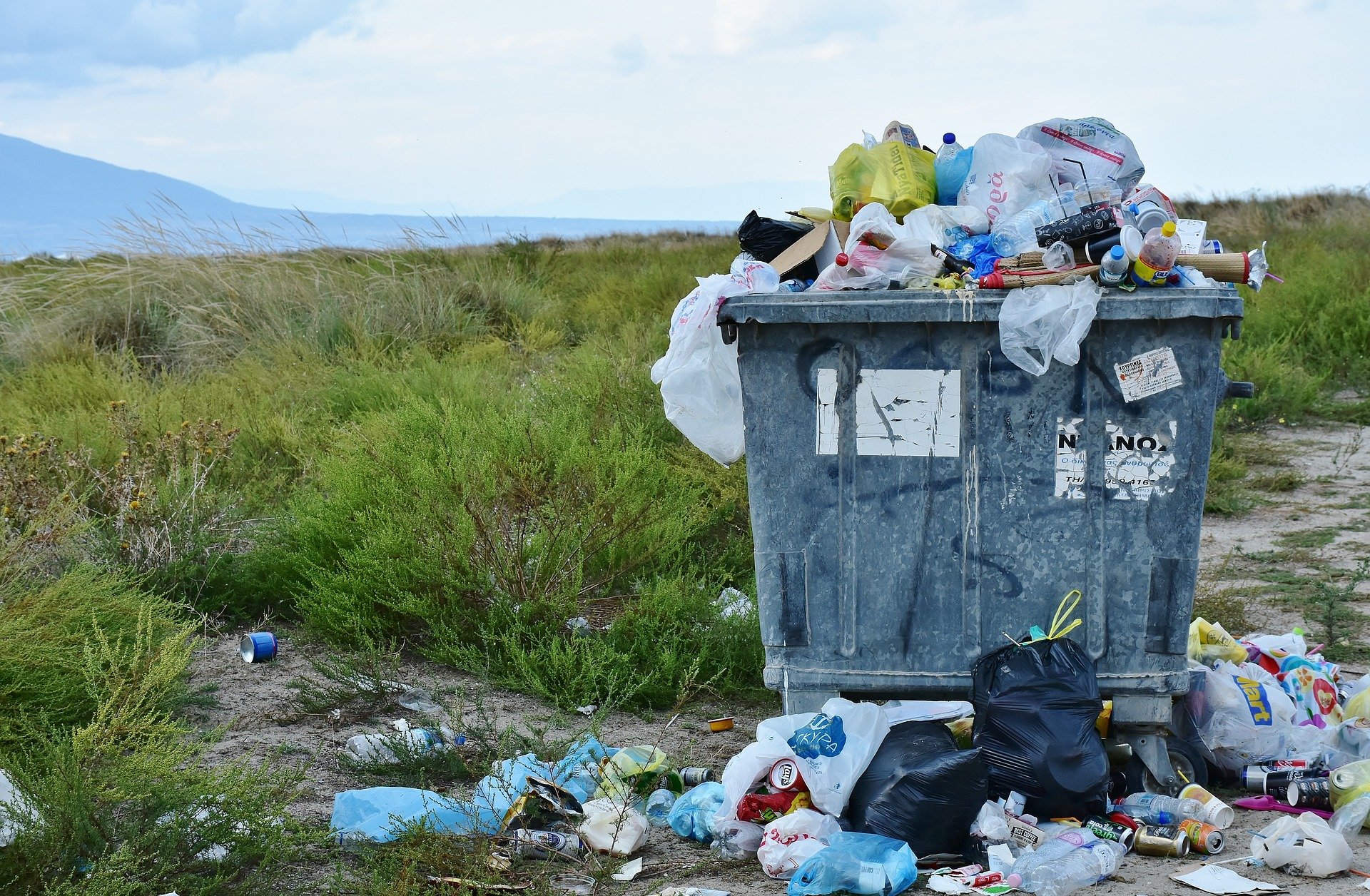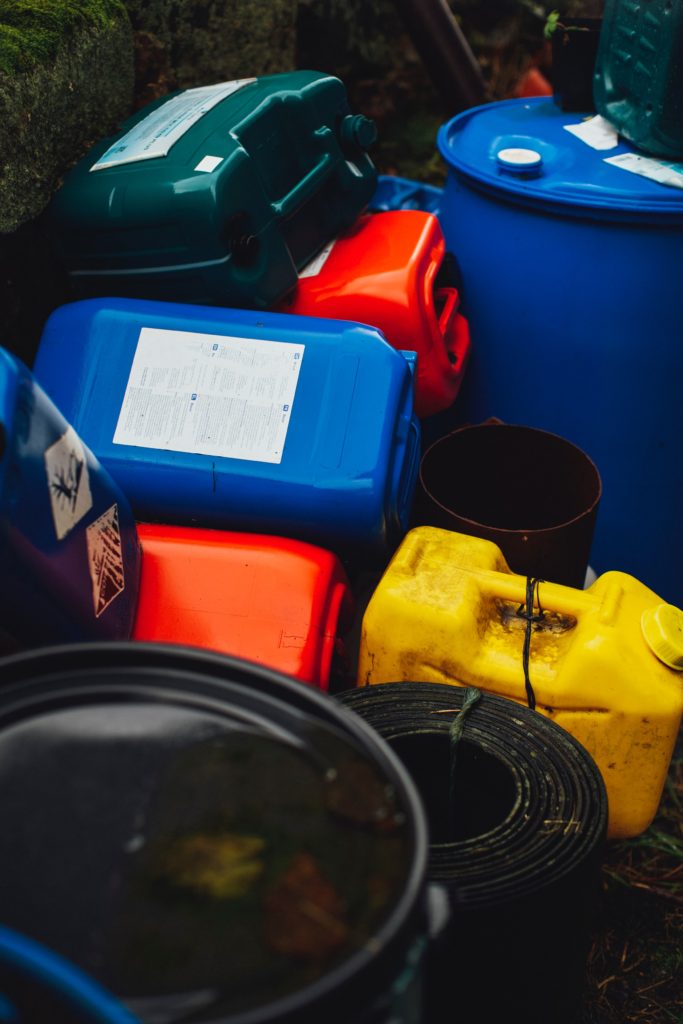
The acceptance by the U.S. Environmental Protection Agency (EPA) of Governor Michelle Lujan Grisham’s petition to reclassify per- and polyfluoroalkyl substances (PFAS) as “hazardous waste” is a big win for Lea County. This reclassification allows county residents to better address problems PFAS create for area inhabitants.
The Governor’s petition is the first of its kind, and its favorable response from the EPA opens the door for the agency to move forward in creating new rules to change how PFAS are managed and cleaned up under federal law.
The response letter sent to Gov. Lujan Grisham on October 26 details the EPA’s intention to list several PFAS chemicals as hazardous constituents under the federal hazardous waste law, the Resource Conservation and Recovery Act (RCRA). Additionally, the positive tone of the letter is encouraging for future requests and governmental support for cleanup in New Mexico.
The governor is delighted with the result. “I applaud Administrator Regan for affirming my petition and empowering states to follow New Mexico’s lead in holding PFAS’ polluters accountable…but the fight is not over. New Mexico will continue to lead on the issue of PFAS – because everyone deserves to live in a community free of environmental contamination,” states Governor Lujan Grisham.

The CDC Says PFAS Dangers Underestimated
The dangers of PFAS have been greatly underestimated, according to a recent review from the U.S. Centers for Disease Control and Prevention (CDC). The CDC outlines a host of health effects associated with PFAS’ exposure, including cancer, liver damage, decreased fertility and increased risk of asthma and thyroid disease. A June 20, 2018 ProPublica article notes that a CDC report recommends an exposure limit for one PFAS compound 10 times lower than the current limit recommended by the EPA. Additionally, in a later article, the EPA and the Pentagon deliberately downplayed the dangers of these chemicals.
Last year as it became increasingly apparent that PFAS were more dangerous than previously believed, New Mexico joined a multidistrict lawsuit against the manufacturers of the “aqueous film-forming” foams that were used in firefighting activities throughout the country and at Air Force Bases in New Mexico. It is widely believed that the use of these foams has led to groundwater contamination at several locations in New Mexico, including some in Lea County.
Hobbs Municipal Water Supply
Hobbs Municipal Water Supply is currently listed as a source that is contaminated by PFAS chemicals. The Environmental Working Group (EWG) is a nonprofit community 30 million strong. The EWG’s goal is to protect environmental health by changing industry standards. The EWG recommends that until water is cleaned at the source, filters should be used to remove contaminants.
Currently, not enough information has been gathered to know the safety of the water in Hobbs with complete confidence, comments Tap Safe, an organization which monitors the safety of drinking water throughout the USA. Based on data from surrounding areas, however, Tap Safe rates the Hobbs water supply at a score of 59 out of 100. Confirming Tap Safe’s findings, an article by correspondent Sandra Nelson of the Santa Fe New Mexican notes high levels of PFAS chemicals in various New Mexico communities’ drinking water, including Hobbs.
PFAS in Lea County
An interactive map published by the EWG shows ten suspected industrial discharges of PFAS located within Lea County. As a result of Governor Lujan Grisham’s petition, the EPA will also propose a second rule to broadly clarify that states can require clean-up of any waste that meets the RCRA statutory definition of a hazardous waste. These discharges can easily contaminate the groundwater and find their way into drinking water, as well as into the food supply.
More Research Necessary
The EPA’s response is just a first step to eliminating PFAS pollutants. Professor Elsie Sunderland of the Environmental Science and Engineering branch of the Department of Environmental Health at Harvard T. H. Chan School of Public Health states that scientists are just beginning to understand the long-term effects of the more than 4,000 different types of PFASs. Sunderland worries about the fact that the chemical industry routinely uses new compounds to replace old ones creating a chemical “whack-a-mole”, where as soon as a PFAS is noted as dangerous, it is replaced with a different one.
Often referred to as forever chemicals PFAS’ incredibly strong carbon-fluorine bonds mean that these chemicals do not biodegrade. This means that PFASs accumulate in soil, water, air, food sources, wildlife and, most importantly, in our bodies.
PFAS have been found in human breast milk and in the blood of 97% of Americans. Exposure to some PFAS has been linked to fertility problems, changes in metabolism and an increased risk of obesity and cancer – yet so much still remains unknown about their long-term consequences.
The positive for Lea County is that awareness about the potential dangers of PFAS is being brought to the forefront. The first step in solving problems is knowing that they exist and educating stakeholders about posssible dangers. Intelligent solutions can then be formulated for the benefit of all.
Photo by Markus Spiske // Unsplash


